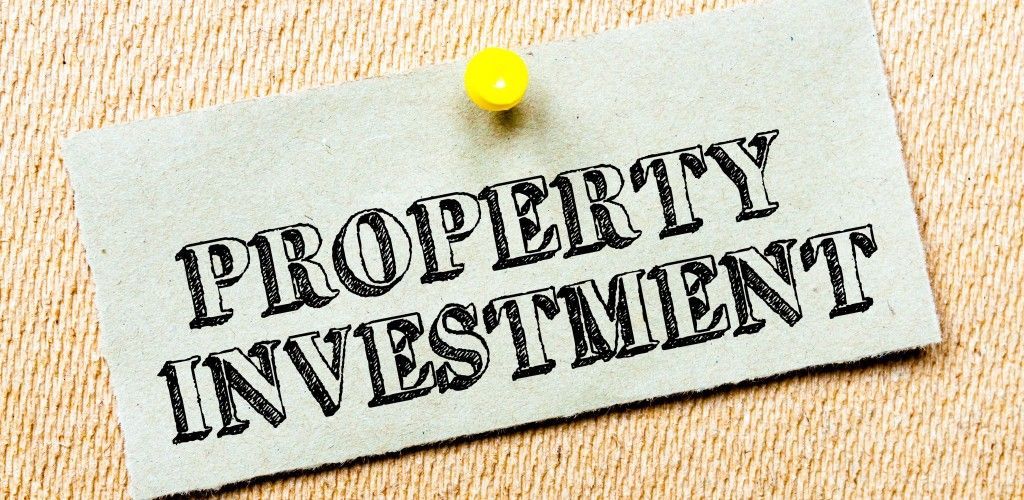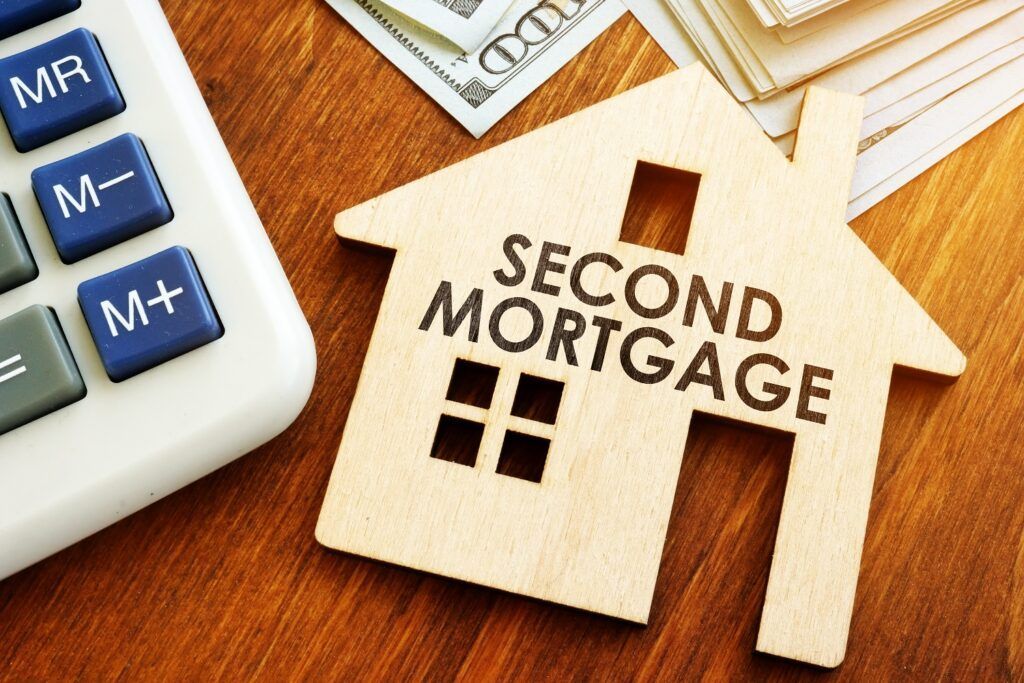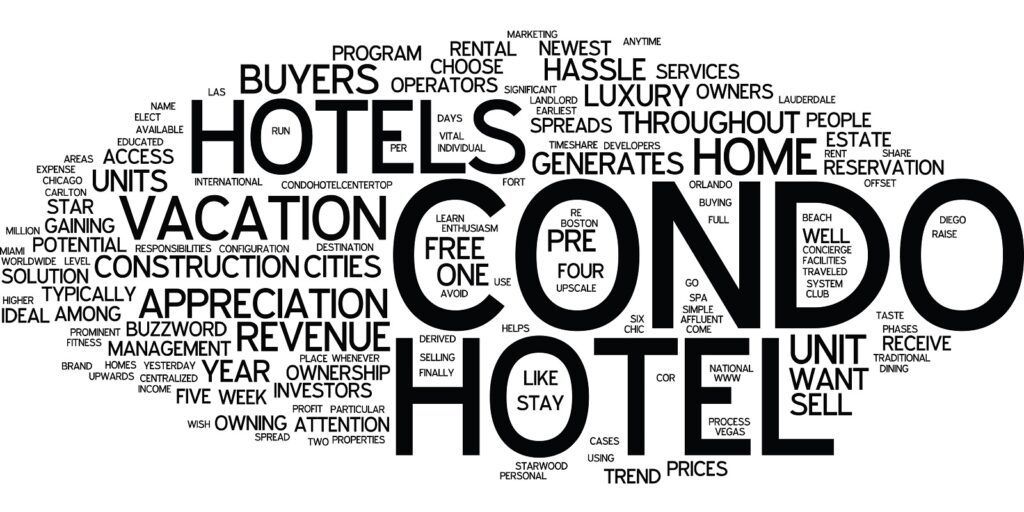1% of what, you ask? The 1% Rule stipulates that the property should bring in 1% of the sales price in rent per month. Of course, this is assuming you already have an idea of the market rents. This can be from monitoring Craigslist or other housing ads, plugging in the address at a site like Rentometer.com, or asking any friends you may have in the area what they are paying to rent a room or a house. Or you can do all three, and more. Once you’ve operated in a certain area for long enough, you can get a general grasp of what prices are. Another thing to note is that you want to estimate any income very conservatively to give yourself as large a margin of error as possible.
Once you know about what rents to use, check the potential monthly income against the sales price of the home. For example, a property that costs $100,000 should rent for AT LEAST $1,000 per month. Of course, not all properties are the same – and that amount could vary a little bit depending on whether it’s a single family home, condominium, or townhome you’re purchasing.
In most mid sized American cities, it’s difficult to find a single family home that meets the 1% rule, much less exceeds it. You might be able to find some in the Midwest, but as far as the Raleigh-Durham market, not many single family properties pass this initial test. That doesn’t mean they are “bad” investments. There are trade-offs particular to every kind of home; none of these are inherently good or bad, but just depend on the strategy you want to use.
Single family homes generally have no or very low HOA fees. However, this also means that there is typically more exterior maintenance involved, as many homeowners associations take care of tasks such as landscaping, power washing, tree trimming, etc. Thus, if you own a single family home, you will be responsible for either getting these items taken care of yourself, hiring someone, or working it out with your tenant as far as who is responsible for what task. In addition to that, since you are responsible for the entire structure (building + land), this means you should build up a larger repair reserve for certain necessary capital expenditures such as a new roof (every 10-15 years or so).
I personally prefer townhomes and condominiums as investment properties, and these are increasingly being purchased by investors and investor owned entities. I am not very handy and would prefer to pay a set fee every month from my cash flow in return for less exterior maintenance. This enables me to self-manage a property with very minimal ‘hands-on’ time, saving me money on a property manager. However, these HOA fees are typically in the hundreds per month. I’ve seen some as low as $120/month to some as much as $400+ a month for luxury downtown condo associations. I don’t know many investors that purchase luxury condos as rental properties though. Some of these HOA fees will also include minimal utilities, such as water and/or cable.
Thus, keeping in mind a possible HOA fee, if I were to invest in a townhome or condo I would want it to definitely exceed the 1% Rule. My properties come in at around 1.3%-1.4%. This allows enough wiggle room for the HOA fee, vacancy, maintenance/repairs (minimal, since I’m really only responsible for appliances), etc. So if you are looking at a condo or townhome, I’d aim more for 1.2% as a very bottom metric since the HOA fee is going to reduce your bottom line. If your market can support higher, great!
(Another note on HOA fees: make sure that if you choose to move forward with a condo or townhome, you look at the HOA financials to make sure that they are solvent and are actually using the income from those fees to adequately maintain the community. There’s nothing worse than paying those monthly fees only to be hit by a special assessment because maintenance or a specific project were not adequately planned for).
For a single family home, 1% could work out, if you found it. Again, in this (Raleigh-Durham) market, that’s pretty difficult, but you could even make do with 0.8% or 0.9% depending on your goals. It all boils down to how involved you want to be with the maintenance of the property and whether you prefer to outsource it in the form of an HOA and increased fee, or if you’re able to tackle exterior maintenance yourself.
If you are looking to diversify your income stream, buying a cash flowing rental property is a great method. The 1% Rule is not a guarantee of cash flow, but it is a good metric to have in mind to immediately ascertain whether or not a property will make a decent cash flowing investment.














